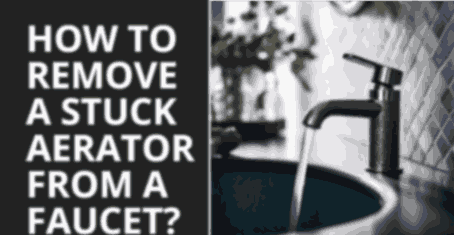Kitchen Plumbing Checklist: Ensuring a Smooth-Running Home
Keeping your kitchen plumbing in top condition is essential for maintaining a functional and efficient home. Regular inspections can help you identify potential issues early and prevent costly repairs.
Here’s a comprehensive checklist to ensure your kitchen plumbing is in perfect shape.
Kitchen Plumbing Checklist
A well-maintained kitchen plumbing system ensures your home runs smoothly, preventing leaks, clogs, and costly repairs. This detailed checklist covers everything from water pressure to drainage inspection, helping you maintain your kitchen plumbing effectively.
Water Pressure
- Check Water Pressure: Ensure the water pressure is within the optimal range (typically 40-60 psi). Use a pressure gauge to check it.
Water Heater
- Inspect the Water Heater: Check for any leaks, corrosion, or signs of wear. Ensure the temperature setting is appropriate (usually around 120°F).
Disposal
- Check Garbage Disposal: Run water and the disposal to ensure it’s working properly. Listen for any unusual noises and check for leaks.
Pipe Examination
- Inspect Pipes: Look for signs of corrosion, leaks, or damage in the exposed pipes under the sink and other areas.
Shutoff Valves
- Test Shutoff Valves: Ensure all shutoff valves are working correctly and can be turned off easily in case of an emergency.
The Drains
- Check Drain Flow: Ensure all drains are clear and draining properly. Look for slow drains which may indicate a clog.
Dishwasher
- Inspect the Dishwasher: Check for leaks around the dishwasher. Ensure it’s draining properly and clean the filter if necessary.
Faucet Leaks
- Examine Faucets for Leaks: Check for drips or leaks around the faucet and handles. Replace washers or gaskets if needed.
Sewer Lines
- Inspect Sewer Lines: Ensure there are no signs of sewer backups or slow drainage, which could indicate a problem.
Toilets
- Check Toilets: Ensure toilets are flushing properly and check for leaks around the base and tank.
Water Leaks
- Look for Water Leaks: Check all visible pipes and fixtures for signs of leaks, such as water stains, puddles, or mold.
Slow Drains
- Address Slow Drains: Use a plunger or plumber’s snake to clear any slow drains.
Faucet Inspection
- Check Faucet Functionality: Ensure all faucets are working properly and not showing signs of wear.
Hose Spigots
- Inspect Hose Spigots: Check outdoor hose spigots for leaks or damage. Ensure they shut off completely.
Washing Machine
- Inspect Washing Machine Hoses: Check for cracks, bulges, or leaks. Replace hoses if necessary.
Water Drains
- Check Water Drains for Clogs: Regularly clean drain covers and traps to prevent clogs.
Hot Water System
- Check Hot Water System: Ensure the hot water system is functioning correctly and providing adequate hot water.
Drainage Inspection
- Inspect Drainage System: Ensure the entire drainage system is clear and functioning properly.
Toilet Tanks
- Examine Toilet Tanks: Check for cracks, leaks, or damage inside the tank. Ensure the fill valve and flapper are working correctly.
Frequency of Inspections
- Regular Inspections: Conduct a thorough inspection at least once every six months to ensure all systems are functioning properly.
The Sink
- Inspect the Sink: Ensure the sink is draining properly and there are no signs of leaks or damage.
Conclusion
Regular maintenance and inspection of your kitchen plumbing can prevent minor issues from becoming major problems. By following this checklist, you can keep your kitchen plumbing in excellent condition and ensure the smooth operation of all water-related appliances and fixtures.






